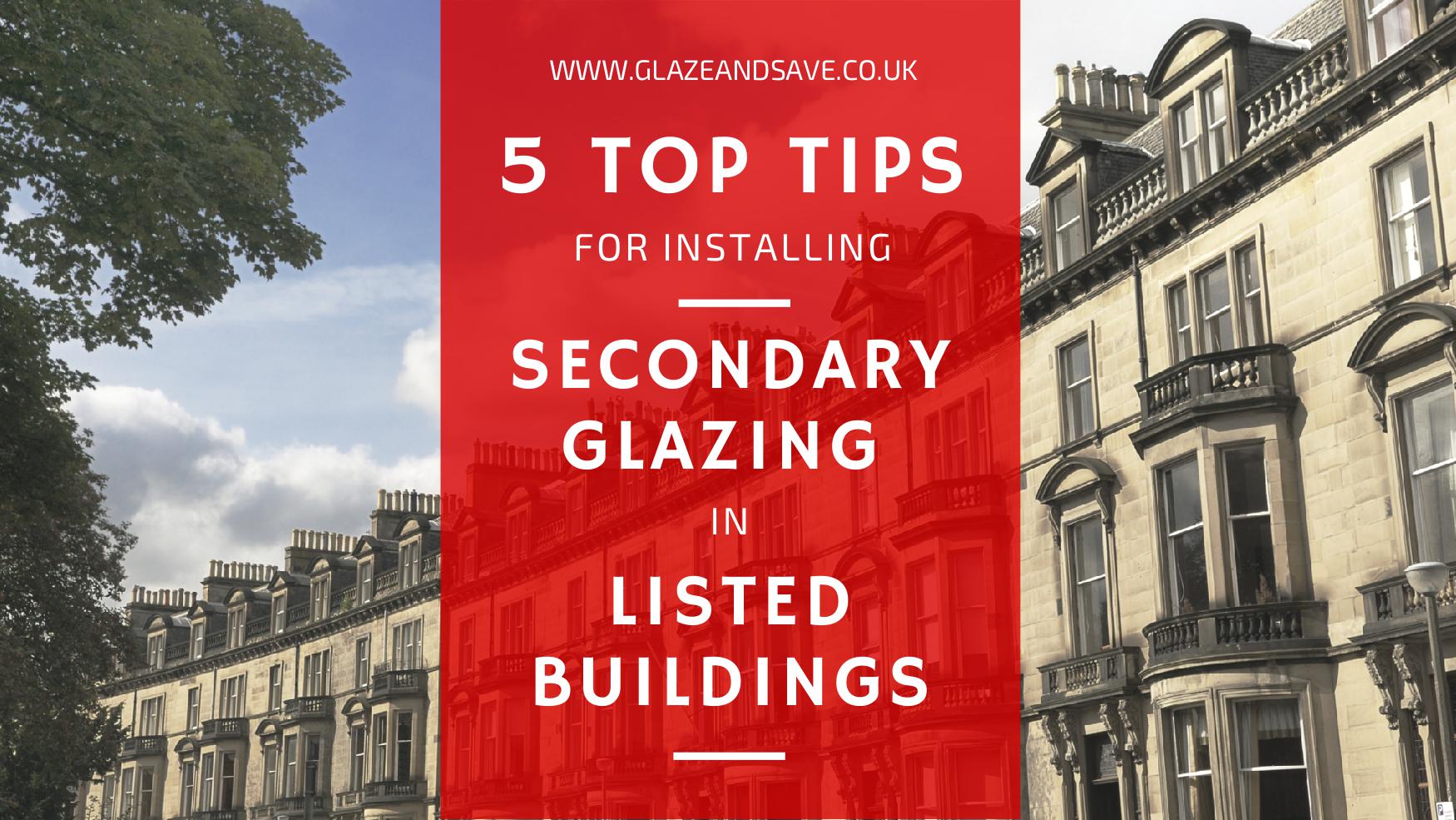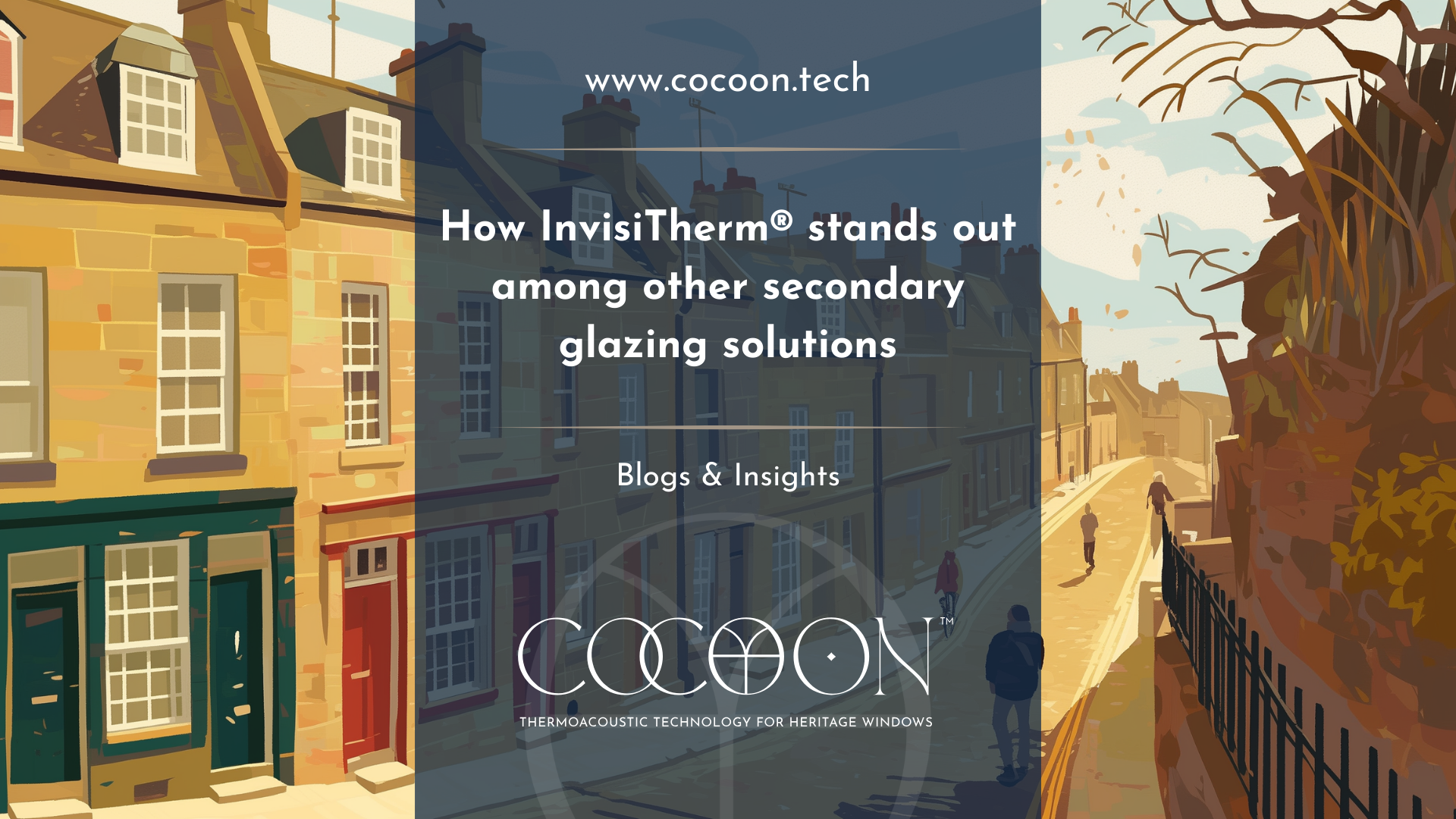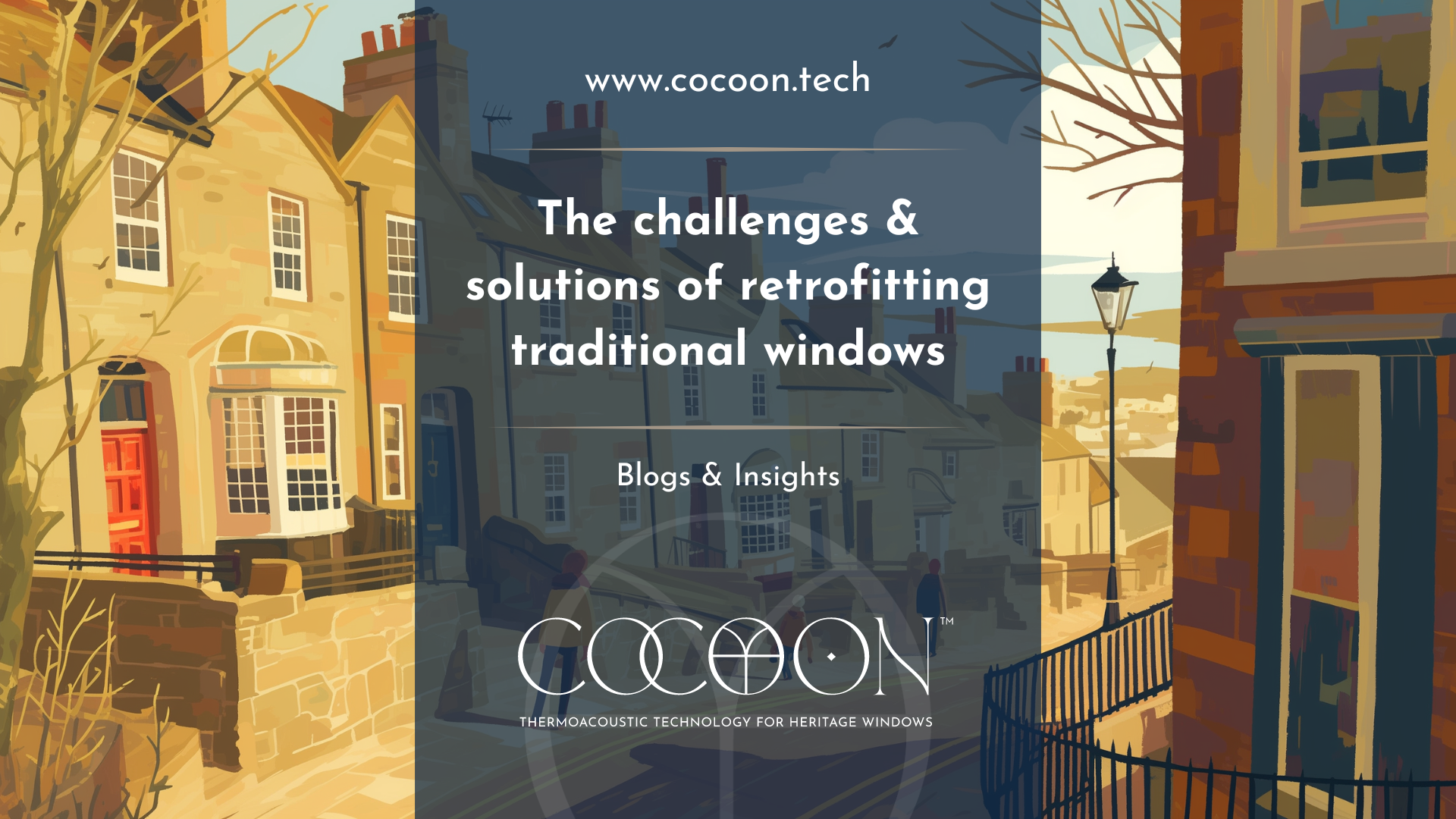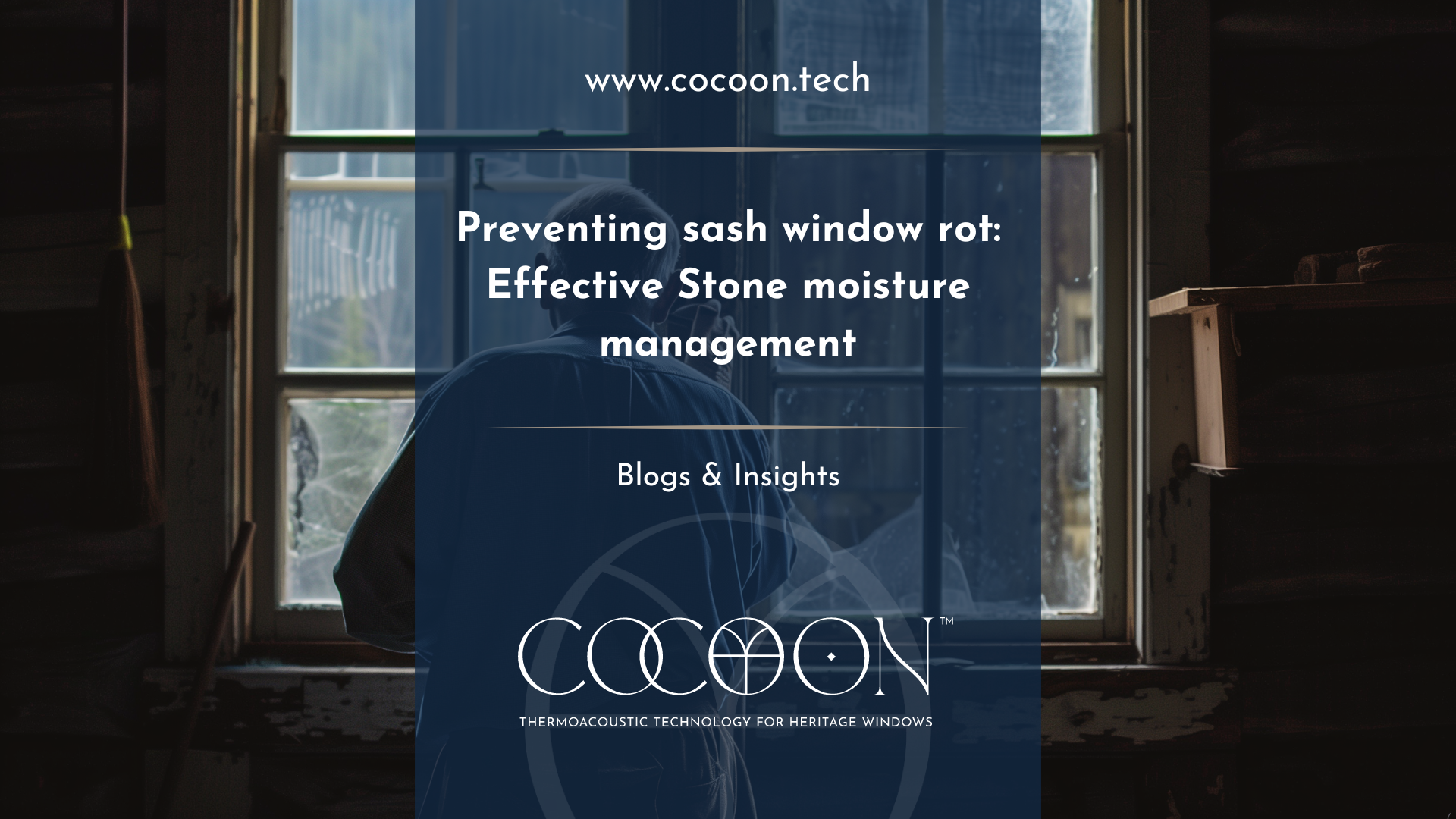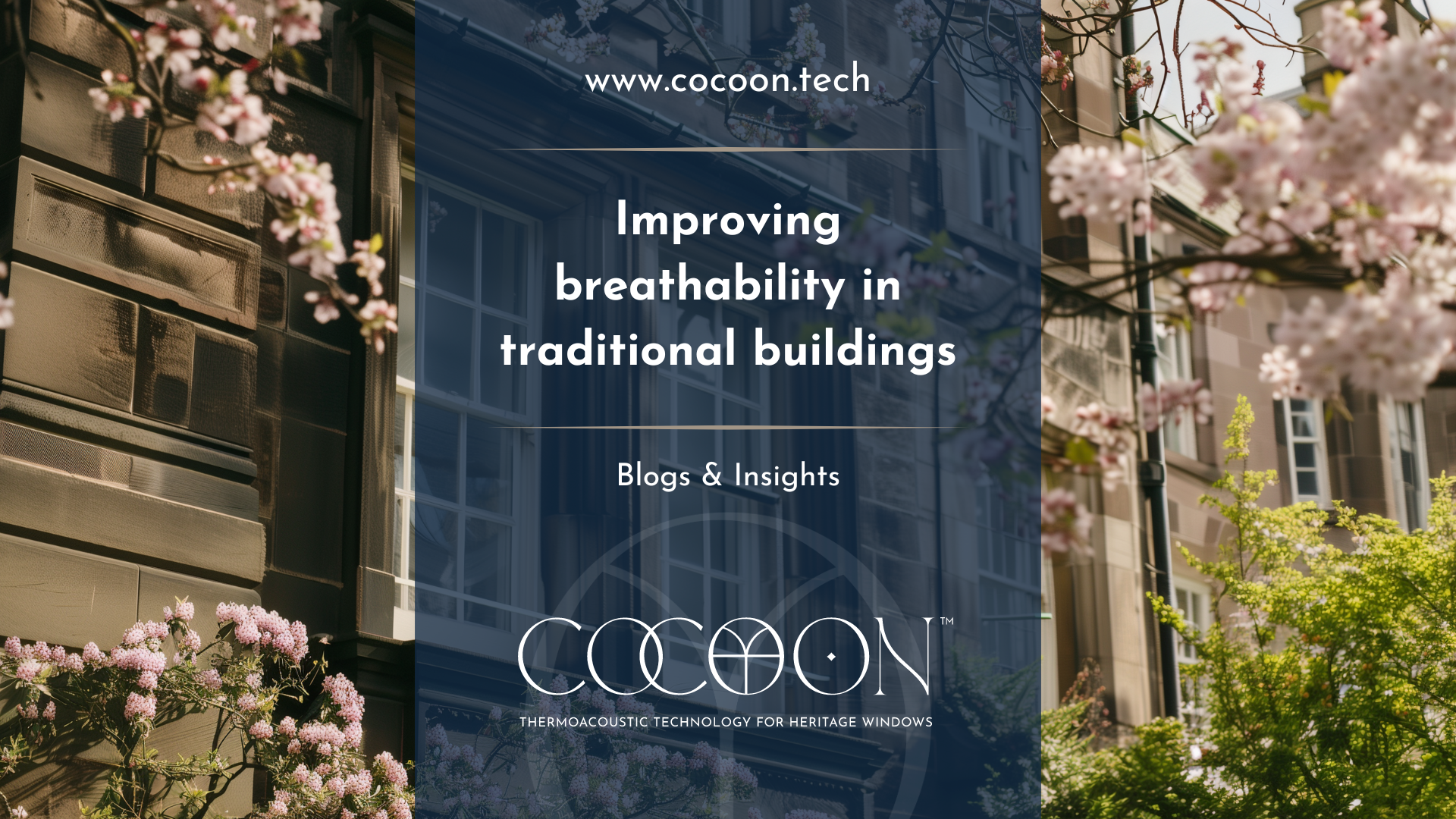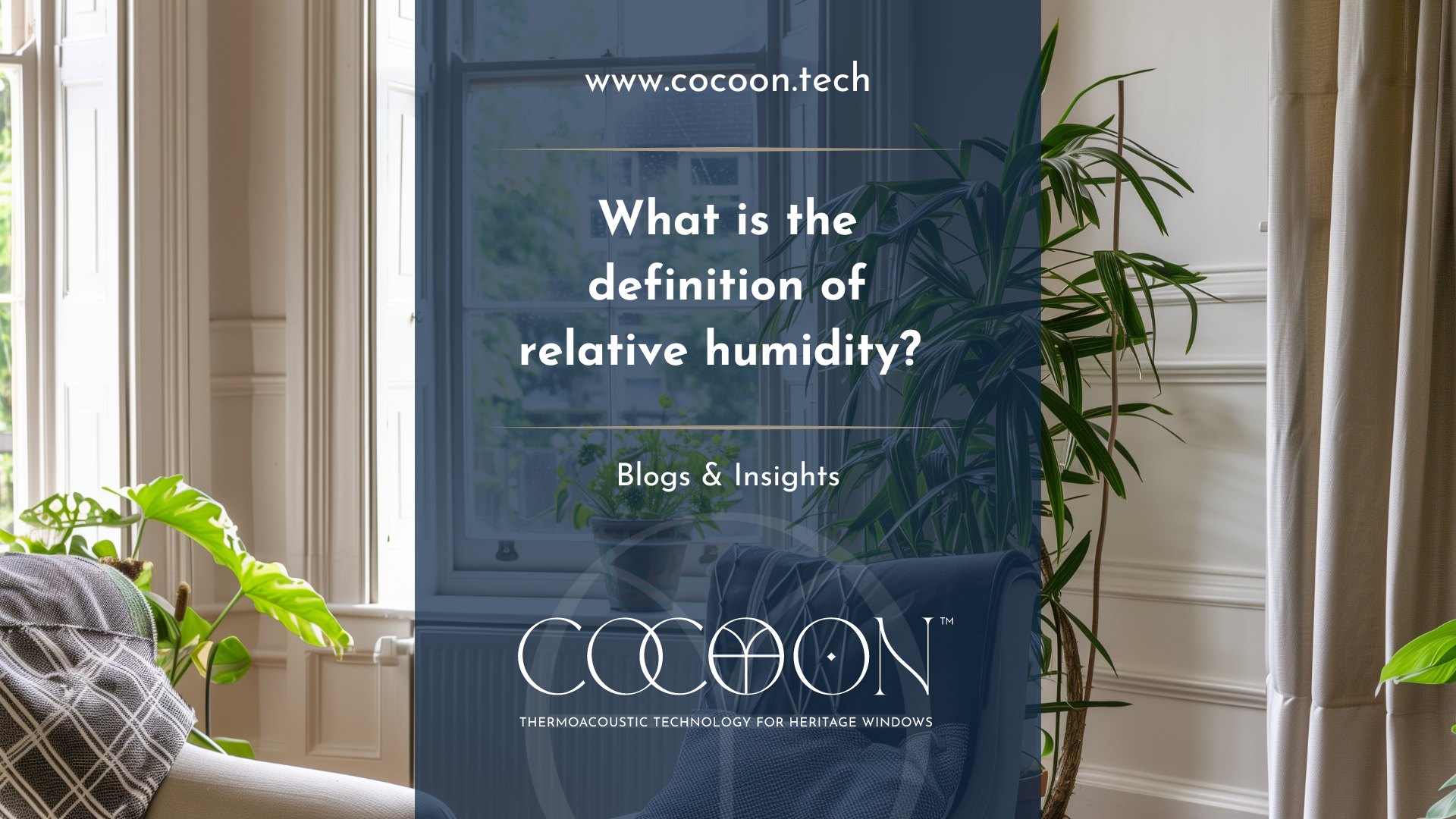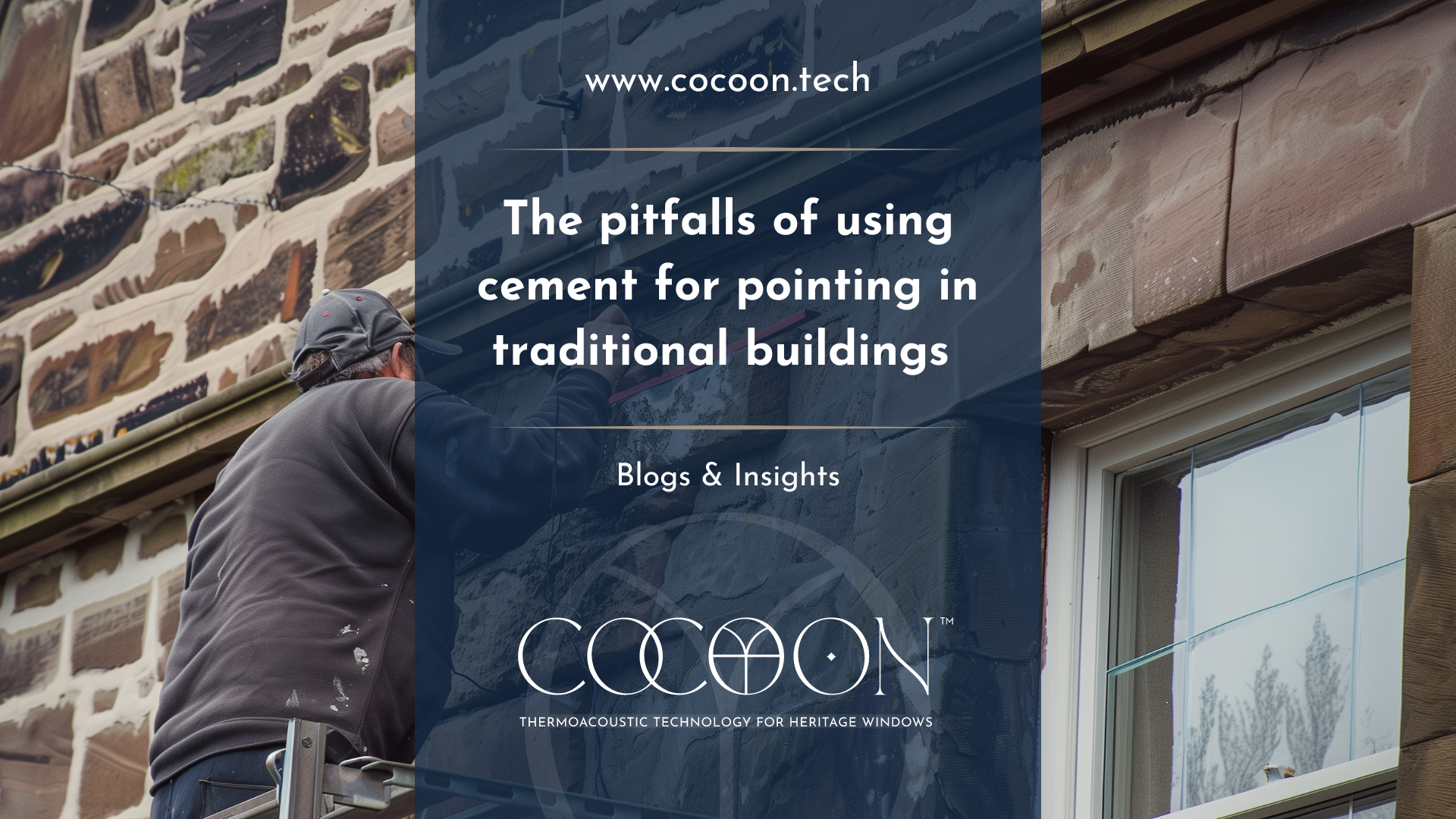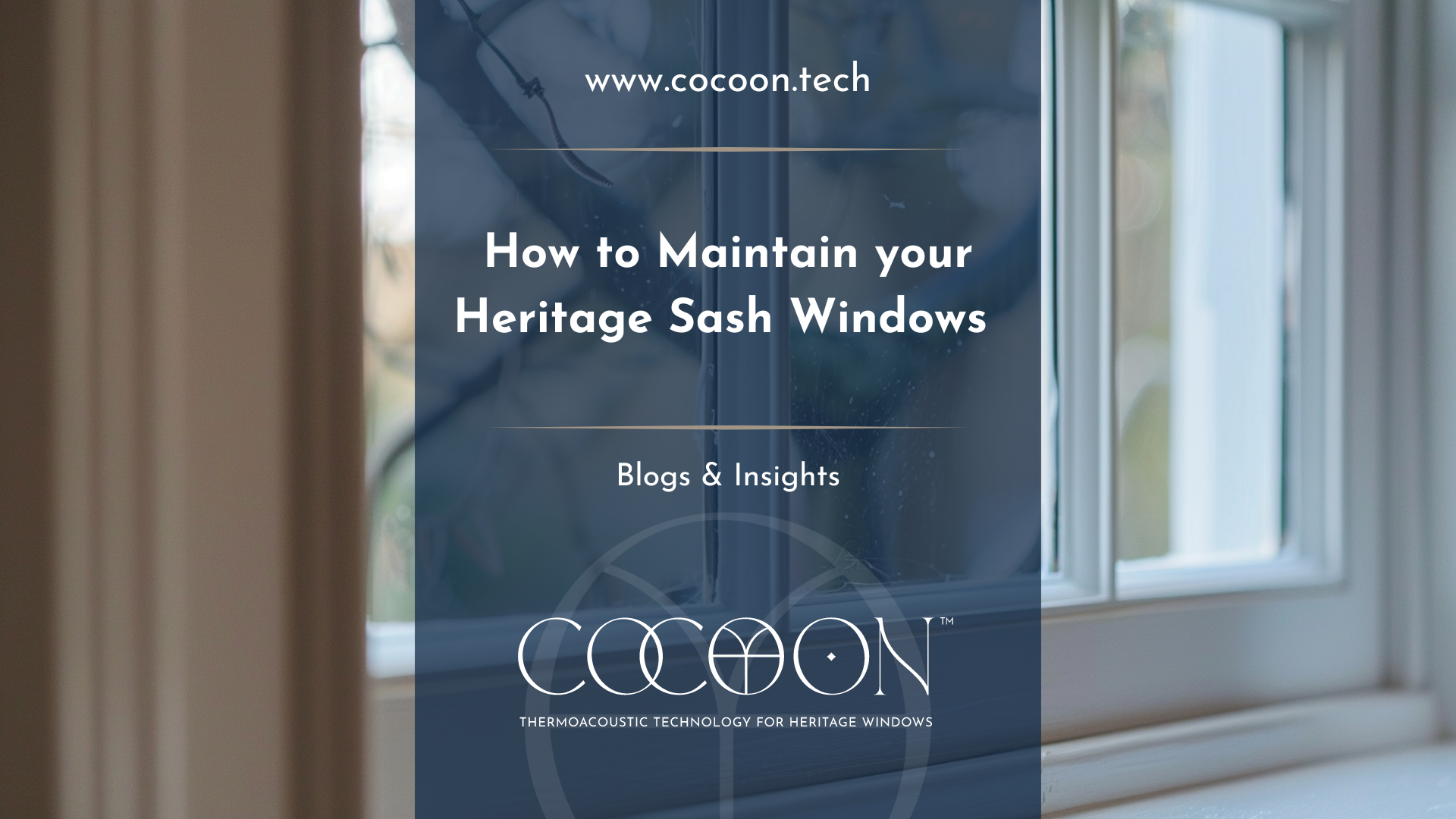Installing Secondary Glazing in Listed Buildings | Glaze & Save
For ambiance, style and architectural elegance, there really can’t be anything nicer than a listed building. It’s just a pity so many of them are freezing cold; whether from inadequate glazing, poor draught proofing or generally poor maintenance and upkeep.
Listed building windows are often the original windows; centuries old wood and glass of a quality you rarely see today. The last thing you want to do it rip out and replace. This is where secondary glazing is an excellent option. Not sure what secondary glazing is? Let Historic Englandexplain:
Secondary glazing is a fully independent window system installed to the room side of existing windows. The original windows remain in position in their original unaltered form…Fixed forms of secondary glazing are designed to be removed in warmer months when the thermal benefits are not required.
Secondary glazing is a great option for those who want to, or have no choice but to, keep their original windows. However, with such varying degrees of quality and finish available in the secondary glazing market, where do you even begin to look?
Never fear, we’ve got you covered. Here’s five top tips for you to bear in mind when considering secondary glazing for your listed building.
1. Check if you need planning permission
When it comes to planning permission, not all secondary glazing is created equal, particularly in relation to listed buildings. For the most part, traditional aluminium framed glass secondary glazing required planning permission in listed buildings in much the same way as double glazing. This is because it constitutes a material change in the fabric of the building and also has an impact on the character of the property, particularly if it can be seen from the outside of the building. However, Glaze & SaveInvisiTherm™is a completely demountable and reversible system, which makes no such material change to the fabric of your building and is completely invisible from the exterior of the building and virtually invisible on the inside, meaning InvisiTherm™will never alter the character of your building. For this reason, planning permission is not required when installing InvisiTherm™into your listed property in Scotland. This can be a particularly attractive option if you want a quick but lasting solution to thermally inefficient windows and a cold, draughty property.
We would, however, always recommend that you check with your local council’s planning department if you are unsure of the status of your proposed secondary glazing installation. You can find Glasgow City Council’s Guidelines here, Edinburgh City Council’s Guidelines here, and Dundee City Council’s Guidelines here.
2. Make sure your chosen secondary glazing solves all of your problems
Secondary glazing, on the whole, is excellent for soundproofing and noise reduction. The gap created between your original window panel and the secondary panel creates a natural barrier that absorbs sounds waves and reduces noise. That’s great if your main aim is to reduce noise, but what if you want something more?
Living or working in a listed building often comes with a barrage of unique problems relating to the windows: freezing cold in the winter, roasting hot in the summer, uncomfortable draughts and even the concern that the sun’s glare will fade furnishings, artworks and artifacts in your property. The initial low cost of glass secondary glazing can be quickly negated if you have several issues that you want to address: add safety glass, UV protection and enhanced thermal efficiency to a basic glass secondary glazing product and all of a sudden it looks much less cost effective.
So if you have multiple issues, make sure you consider secondary glazing that addresses all of those issues. We like to call InvisiTherm™the “all in one window solution” because the unique polycarbonate tackles noise, thermal efficiency, UV protection, fading, draughts and condensation, all as standard and while being completely fire retardant.
3. Ensure your chosen secondary glazing option works with your shutters, ironmongery and blinds
Some of the most unique characteristics of listed building windows are the shutters and ironmongery, which add extra historic charm whilst being practical. Many types of secondary glazing make it difficult to retain the full functionality of your shutters: and given that shutters are a great way to enhance the thermal efficiency of your property, we would always encourage their use.
4. Consider the visual impact
Traditional glass secondary glazing can be extremely visually intrusive, both internally and externally. This is why planning permission is sometimes required. To minimise the visual effect of traditional glass secondary windows externally, try to make sure the secondary glazing is not smaller than the glazed area of the existing window. Try to place any divisions in the glazing behind the window meeting rails or glazing bars. The flat reflections of modern glass within secondary glazing can be minimised by using anti-reflective glass. Or, you could circumvent this by using a modern secondary glazing product that is completely invisible from the outside of your property (and virtually invisible inside) which also has anti-glare capabilities. Glaze & Save InvisiTherm™is virtually invisible in these instances, and has a minimal visual impact, making it a great option for listed buildings.
5. Be mindful of ventilation
Where your secondary glazing option provides a draught proof seal, or is a warm product like Glaze & Save InvisiTherm™meaning that it eradicates condensation from the glazed area, it pays to be mindful of just where that internal moisture can otherwise go. A lack of adequate ventilation inside properties with secondary glazing can mean dampness and even mould on colder areas like internal exterior walls and in the corners of rooms. InvisiTherm™is a breathable product which counteracts at least some of these issues, since it absorbs and releases water, it can also be fitted with ventilation options such as trickle vents, slats or flower vents. If dampness and moisture in the air is of particular concern then a dehumidifier is a great option in the short term. However, a long term solution should always include the provision of an adequate ventilation system to improve the air quality of your home and avoid damp and mould.
So there you have it, five top tips to consider when installing secondary glazing in listed buildings. There are always, of course, many things to take into consideration when making an addition to the windows of your listed, conservation or historic property. At Glaze & Save we’re happy to give you the advice you need to install the best magnetic secondary glazing and draught proofing in your home or business.
Protect your windows and experience a warmer, cozy and more thermally efficient home with InvisiTherm ™ the all-in-one window solution. Reduce heat loss by 63%, Reduce noise by a minimum of 48%, eradicate condensation and draughts, and completely eliminate ultraviolet fading, all without the need for any permissions. Retain your original windows and full working shutters while turning your single glazing into double glazing. Contact today on 01738 562 068 or via our contact form to find out more and arrange your free survey.

